 |
 |
 |
 |
 |
 |
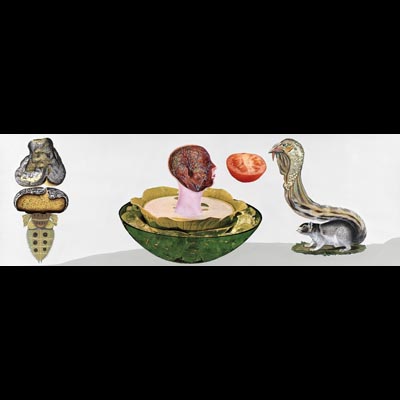
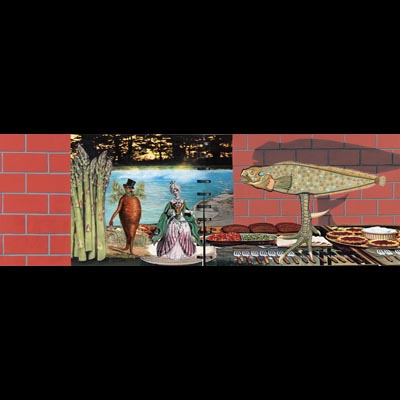
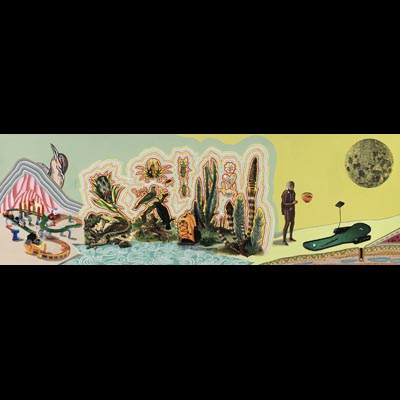
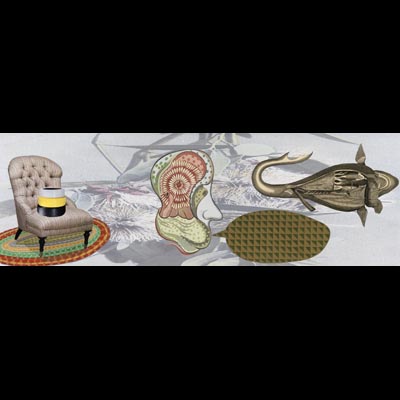
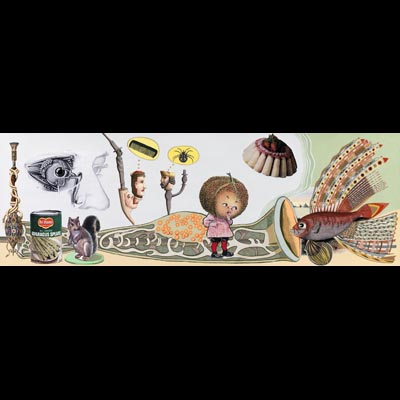
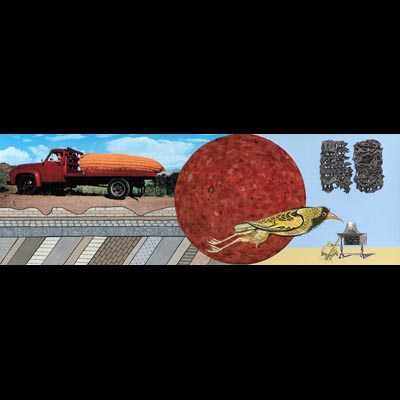
Since 1995 I have worked on an open-ended project, The Alternate Encyclopedia, which zeros in on the encyclopedia as form and seeks to explore the impossibility, futility and poetry that emerges when humans attempt to present and organize information in universal, systematic or comprehensive ways. The project creates a parallel universe of pictorial knowledge based on historical, scientific and popular sources, and imagines lost manuscripts, ponders evolutionary paths that could well emerge, and pictures nature in ways that illuminate our human impulse to capture, collect, name, tame, dominate and re-create nature. Based on the surviving natural or cultural artifact, the subject of my work is most often in the realm of natural history as it collides with popular culture in the collection and display of so-called wild nature. For my purposes, cabinets of curiosities or wunderkammers of the 15th - 18th centuries, and Victorian era to 20th century collections and collecting practices all have served as historical springboards for my work. Works are intended to recall earlier eras when the gap seemed narrower between myth and fact, and also reference our own contemporary time when genetic engineering and ecological crises might soon give birth to new generations as strange or stranger than those of our mythological pasts.
I still vividly remember the landscape view out my studio window overlooking the car repair shops on 125th Street and walking quickly past the vacant lot on the corner that I think is now a McDonalds. I became an Upper Westsider when I found an apartment on Riverside Drive at 103rd Street, walking the 10 or 20 blocks up to Dodge Hall or the studios. Fondest memories are of studio chats with fellow students, especially Jessica Diamond and Yerra Sugarman. Visiting artists were plentiful and included memorable visits by Spaulding Gray, Vito Acconci, Nancy Graves and Judy Pfaff. Adjunct faculty Louise Fishman was always great for a studio visit, Leon Goldin a supportive teacher, and Bill Tucker offered us painters a sculptor's point of view. For electives I did plenty of intaglio printmaking with Tony Harrison in the basement of Dodge Hall, which later gave me the experience to land a teaching job for which I needed to teach both painting and printmaking expertise. I remember at the time there was some consternation about the sanctity of 'pure painting' as opposed to the more mixed media direction my work was headed. Even though the graduate program collapsed the media areas of painting, printmaking and sculpture into one program within which we all shared seminars, critiques, studio facilities and faculty (forward-thinking for 1979), there was still the notion in many faculty minds the mediums should remain pure unto themselves. I remember some heated exchanges during studio visits. Art history classes of note include the tightly focused Plants and Vegetables in Islamic Art and a good all round survey of 20th century art with Gerald Silk. Also of special note were film courses - one I remember in particular called The Fantastic and The Western, which explored the two genres separately - and served to introduce me to the world of film and how to deconstruct and visually analyze films. From the Graduate School of Management I took an especially useful course, Arts Management - I think it was Professor Joan Jeffrey who taught it so well, bringing in all sorts of people in the art from corporate art collections manager to fundraisers. That course gave me the background for art administration positions I've held including Coordinator of Triangle Artists' Workshop.
Many of us had part-time jobs while at Columbia. For the first year I was a studio assistant to pattern painter Arlene Slavin. In addition to assisting her in the studio, I helped her paint murals at the New York Aquarium and in Cynthia Carlson's bedroom as an exchange project Arlene also farmed me out to Joyce Kozloff for a while to make tiles for a fireplace Joyce was doing for Arlene as another exchange. Over the summer between my two years at Columbia I became ill with thyroid problems and ended up missing the first half of the fall semester and Dore Ashton's seminar - which remains the one great regret of my entire education. In my second year at Columbia I took at job at Lincoln Center for the Performing Art in the Lincoln Center Gallery, a job that two years later evolved into me taking on the role of gallery director.